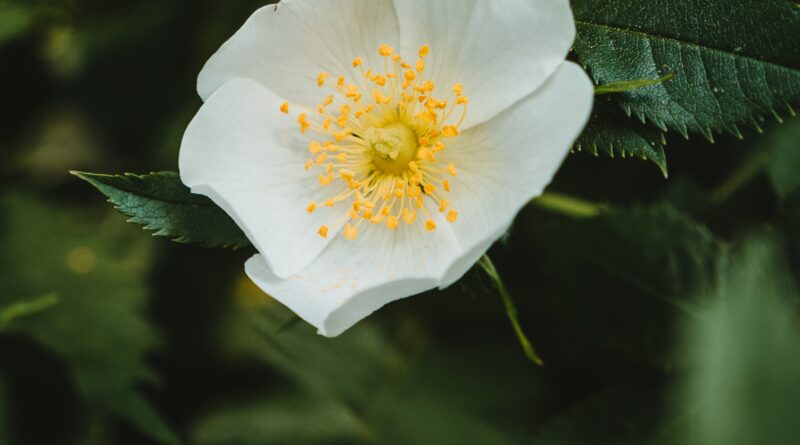Today, I had itchy throat.
今日は、喉がむずむずしました。
I thought I caught a cold, but I also had a itchy eyes, so this was probably cedar pollen allergy.
風邪かな、と思ったけれど、目も痒かったので、恐らくスギ花粉症です。
A cedar pollen allergy is the most common pollen allergy in Japan, and it is said that there are about 25 million people (almost 20% of the population) who suffer from it.
スギ花粉症は日本で最も多い花粉症で、約2,500万人(人口の約20%)が患っているとされています。
The reason why there are so many cedar pollen allergy sufferer in Japan is that we have planted a large amount of cedars since the WW2 for the restoration.
日本でスギ花粉症患者が多い理由は、戦後の復旧のため、大規模なスギの植林が行われたためです。
Cedars are have a high growth rate and possess high value as building materials.
スギは成長率が高く建材としての価値も高いですが、大量の花粉が飛散するため、多くの日本人が花粉症になりました。
However, since they also have shedded their pollens too much, most Japanese people became cedar pollen allergy sufferers.
スギ花粉は、時には風に乗って、300km離れたところにも到達します。
Sometimes, the pollens reach the 300 km away from the planted place.
そのため日本では、この時期の天気予報の際には、花粉情報もよく報じられます。
Therefore, the cedar pollen count becomes part of the daily weather report during this time of year.
今年度からスギの伐採と同時に、花粉の少ない苗木への植え替えが進められていくそうなので、来年以降が待ちどおしいです。
Fortunately, Japan is planning to cut down the cedars, and replant the other trees that have less pollens from this year.
I can’t wait for the next year.

